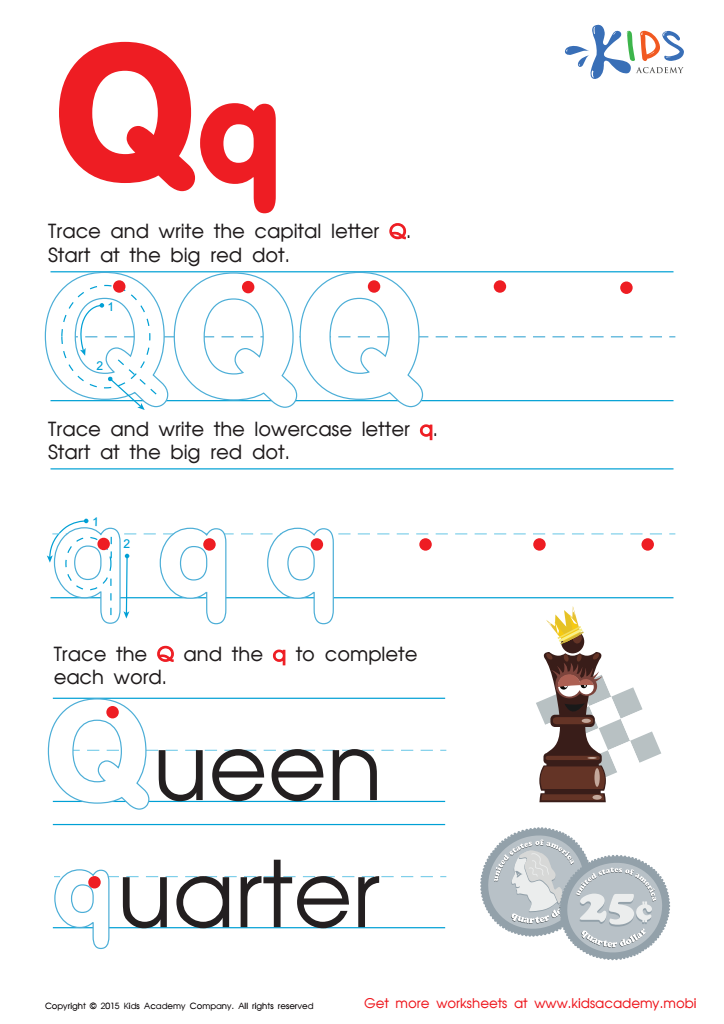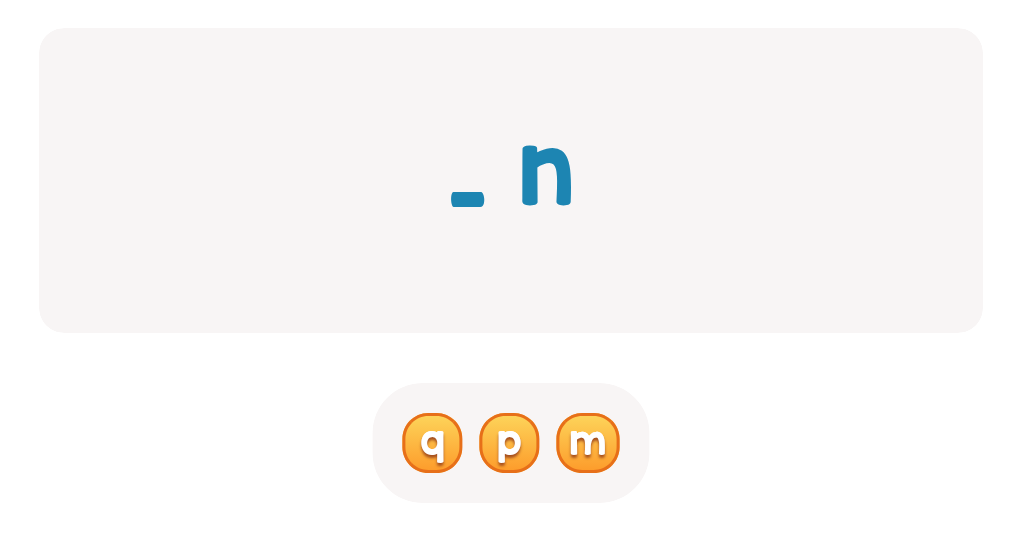Letter recognition Normal ABC Order Worksheets for 7-Year-Olds
8 filtered results
-
From - To
Perfect for 7-year-olds, our Letter Recognition ABC Order Worksheets make learning the alphabet fun and engaging. Tailored to nurture your child's reading and writing skills, these worksheets employ exciting exercises that reinforce the normal ABC order. Young learners will build confidence as they practice letter recognition through a variety of charming activities designed to enhance their literacy foundation. Each worksheet is print-ready, ensuring a hassle-free educational experience for parents and teachers alike. Unlock your child's potential in a playful yet structured environment with our expertly crafted educational resources. Join us in making early learning a delightful journey!


Letter P Tracing Page


Letter Q Tracing Page


Letter H Tracing Page


Letter G Tracing Page


Letter L Tracing Page


Letter K Tracing Page


Letter F Tracing Page


Letter D Tracing Page
Letter recognition in the normal ABC order is a foundational skill that plays a critical role in a child's literacy development. For 7-year-olds, this typically refers to recognizing and memorizing the sequence of the alphabet. This skill is important because it serves as the building block for reading and writing. When children understand the order of the alphabet, they can more easily navigate and use tools like dictionaries, indices, and alphabetical lists, which are common in educational contexts.
Additionally, knowing the ABC order helps with phonetic awareness. Being able to quickly identify letters and their sequence supports the development of decoding skills, which is when children learn to translate text to speech by identifying sounds of letters and how they occur in words. This also aids in spelling, as children can recall the appearance and order of letters within words.
Moreover, mastery of the alphabet fosters self-confidence in young learners. When children feel competent in their ability to recognize and order letters, they are more likely to engage actively with reading and writing tasks. For parents and teachers, prioritizing letter recognition and ABC order early on can lay a strong educational foundation, ensuring that children develop the necessary skills for more complex literacy tasks ahead.

 Assign to My Students
Assign to My Students






























